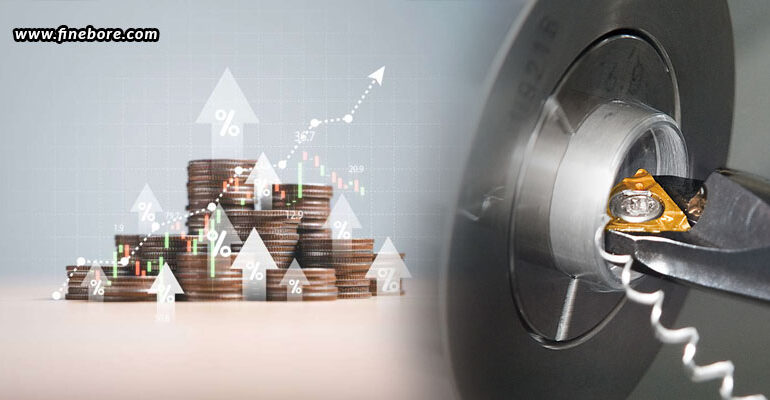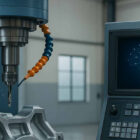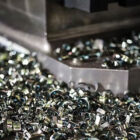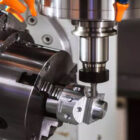Boring bars are essential tools for precision machining and are used in the manufacturing processes of many different industries. But because they can be expensive, firms must comprehend the economics of their use in order to make wise financial decisions. An extensive examination of the total cost of ownership for boring bars is given in this article, which addresses the initial outlay, tooling expenses, machining time, and productivity increases. In order to help businesses assess the financial sustainability of their investments in boring bars, we will also examine the calculation of return on investment (ROI).
Initial investment
- Purchasing costs: The cost of boring bars varies depending on their size and material. Superior carbide or ceramic boring bars usually cost more up front than HSS (high-speed steel) boring bars. Nonetheless, their increased initial cost can be justified by their longer longevity and better performance.
- Additional tools: Businesses can also need to spend money on accessories like precise measurement tools, toolholders, and adapters in addition to the boring bars. These auxiliary instruments might raise the total initial outlay, but are essential for using boring bars effectively, hence cannot be ignored.
Tooling costs
- Insert and tooling wear: Inserts and other consumable elements need to be changed on a regular basis when using boring bars. The material being machined, the cutting environment, and the insert quality all affect how often they need to be replaced. Although high-quality inserts may initially cost more, they may offer greater wear resistance and longer tool life, which will ultimately save tooling costs.
- Upkeep and fixing: Boring bars require regular maintenance to function at their best and last a long time. The time operators spend cleaning and inspecting equipment as well as the cost of any necessary repairs or part replacements are all included in the maintenance costs. Proactive maintenance can reduce the total cost of ownership by extending the tool’s lifespan and averting expensive downtimes.
Machining time
- Speed and efficiency: The total cost is directly impacted by the productivity and efficiency of the machining process. Because high-performance boring bars enable greater feeds and speeds during cutting, they can drastically cut down on machining time. The increased initial investment and tooling expenses can be balanced by this improvement in productivity.
- Downtime and setup time: Reducing setup and downtime is essential to increasing output. Reducing non-productive time can be achieved by quickly switching out inserts and efficiently setting up and aligning boring bars. Purchasing quick-change systems and sophisticated toolholders can improve operational effectiveness even more.
Productivity gains
- Enhanced precision and surface quality: Superior surface finishes and dimensional precision may be achieved by using high-quality boring bars, which minimizes the need for additional processes like grinding or polishing. This not only saves time, but also improves the final product’s overall quality, which might increase client satisfaction and sales.
- Flexibility and versatility: More adaptability and flexibility are offered by boring bars that can handle a variety of materials and applications. Because of its versatility, fewer specialized tools may be required, which would cut down the total tooling costs and streamline inventory management.
ROI calculation
- Total Cost Of Ownership: Businesses must first ascertain the total cost of ownership (TCO) of boring bars in order to compute the ROI. TCO is the total cost of ownership, which covers all out-of-pocket costs related to buying, using, caring for, and discarding the tool during its useful life. The TCO can be calculated by adding the aforementioned four elements – the initial investment, tooling costs, machining time, and productivity gains.
- Return On Investment: the return on investment (ROI) is calculated by dividing the investment’s net gain by its total cost of ownership. The boost in productivity, the financial savings from less maintenance and machining time, and any extra money made from higher-quality products are all included in the net benefit. The ROI can be calculated by dividing the net gain from the investment with the total cost on ownership, and then multiplying the value with 100.
Businesses must comprehend the economics of boring bars in order to make wise financial decisions. They can assess the real worth of their investment, and assess the financial viability and long-term benefits of investing in high-quality boring bars by looking at the total cost of ownership, and determining the return on investment. Businesses may optimize their machining operations, boost productivity, and realize considerable cost savings with the right research and strategic investment. Renowned for their accuracy and dependability, FineTech Toolings provides a superb selection of boring bars in Bangalore made to these exacting standards, assisting companies in their quest of operational efficiency and cost-effectiveness.






